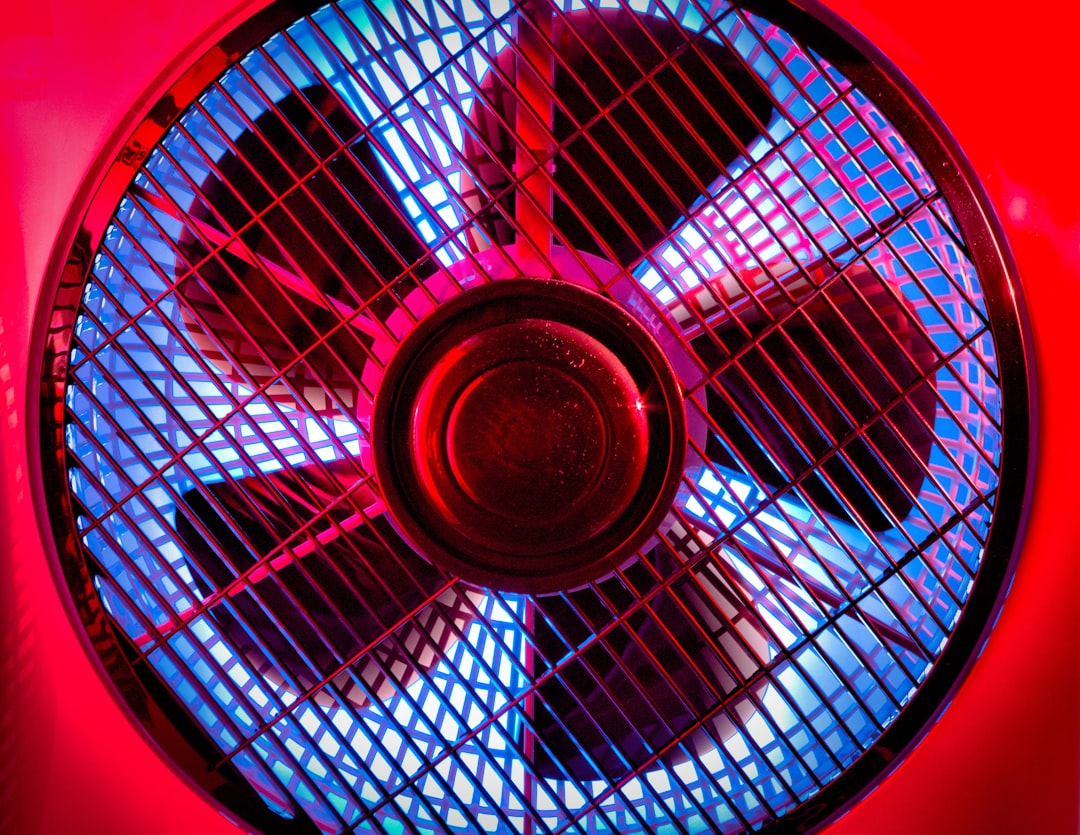Heat treatment is a crucial process in materials science and engineering, significantly influencing the mechanical properties of metals and alloys. By carefully controlling temperature and time, we can manipulate the microstructure, thereby altering the material’s strength, hardness, toughness, and ductility. This post explores the profound impact of heat treatment on these key mechanical properties.
1. The Microstructural Foundation: How Heat Treatment Works
The effectiveness of heat treatment hinges on its ability to modify the microstructure of a material. Metals are often composed of grains, which are crystalline regions with specific orientations. Heat treatment processes like annealing, quenching, and tempering involve heating the material to a specific temperature, holding it for a certain time (soaking), and then cooling it at a controlled rate. This cycle alters the size, shape, and arrangement of these grains, as well as the distribution of phases (different crystalline structures) within the material. For example, heating a steel to austenitizing temperature (above the critical temperature) allows the formation of austenite, a high-temperature phase. Rapid cooling (quenching) traps this austenite, or transforms it into martensite, a very hard phase. Slower cooling allows for the formation of pearlite or bainite, with varying levels of hardness and toughness.
2. Hardness: The Resistance to Indentation
Hardness is a measure of a material’s resistance to indentation or scratching. Heat treatment significantly affects hardness. Quenching, for instance, often leads to a substantial increase in hardness due to the formation of hard phases like martensite. However, excessively high hardness can result in brittleness. Tempering, a subsequent heat treatment process, reduces hardness slightly while improving toughness and ductility, making it a crucial step after quenching for many applications.
3. Tensile Strength: The Material’s Resistance to Pulling Forces
Tensile strength refers to the maximum stress a material can withstand before it begins to deform permanently (yield strength) or breaks (ultimate tensile strength). Heat treatment can significantly influence tensile strength. While quenching increases hardness and yield strength, it might slightly decrease ductility. The choice of heat treatment process depends on the desired balance between strength and ductility. For instance, normalizing (heating to a high temperature followed by air cooling) improves tensile strength and ductility compared to quenching and tempering, making it suitable for components requiring both strength and toughness.
4. Toughness: The Ability to Absorb Energy Before Fracture
Toughness measures a material’s ability to absorb energy before fracturing. It’s a crucial property for components subjected to impact or shock loading. While quenching increases hardness and strength, it often reduces toughness. Tempering, however, mitigates this effect by reducing internal stresses and refining the microstructure, leading to an improved balance between strength and toughness. Different tempering temperatures will yield different levels of toughness. The selection of the appropriate tempering temperature is often crucial for achieving the desired balance of properties.
5. Ductility and its Relationship with other Mechanical Properties: The Ability to Deform Plastically
Ductility is a material’s ability to deform plastically before fracturing. It’s often measured as percent elongation or reduction in area. Ductility is inversely related to hardness and tensile strength; as hardness and strength increase, ductility generally decreases. This is why tempering is often used after quenching: it increases ductility while maintaining a high level of strength. The balance between strength and ductility is critical in many applications. For example, a highly ductile material might be preferred for applications requiring significant deformation before failure, while a high-strength, less ductile material might be suitable for structural components requiring high load-bearing capacity.
In conclusion, understanding the intricate relationship between heat treatment and mechanical properties is essential for selecting the optimal heat treatment process for a given application. The choice of the process depends on the desired balance of hardness, strength, toughness, and ductility required for the specific component. Proper control over temperature, time, and cooling rate is critical to achieving the desired properties.
Tags: heat treatment, mechanical properties, hardness testing, tensile testing, material science, metallurgy




